Why Class A Chimney Pipes Are Essential for Your Home
- October 18, 2023
- 0 comment
Many individuals often come seeking answers about Class A chimneys, pondering what makes them special. To put it simply, a Class A chimney is a meticulously designed chimney system featuring three crucial components: an inner wall pipe, a one-inch layer of compact insulation surrounding it, and an outer pipe. This construction defines what a Class A chimney is. Its primary purpose is to incorporate insulation, which keeps clearances in check. The inner pipe can heat up significantly due to wood exhaust, yet the outer pipe remains cooler, ensuring safety and preventing the combustion of nearby materials. Now, let’s delve into the intricacies of Class A chimneys.
The Basics of Class A Chimney Pipes
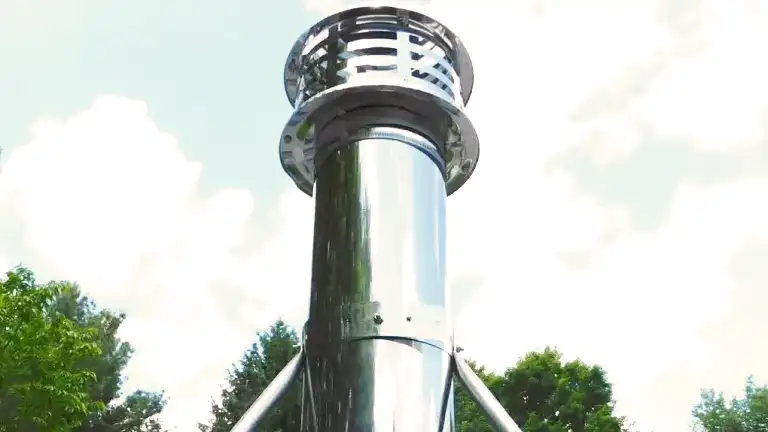
What Are Class A Chimney Pipes?
Class A chimney pipes, often referred to as double-wall chimneys, are a top choice for homeowners in search of a high-quality solution for venting their fireplaces and wood-burning stoves. These pipes feature a dual-layered stainless steel construction, which serves as an insulating fortress, meticulously designed to protect your home from the intense heat and potential hazards associated with these appliances.
What distinguishes Class A chimney pipes is their unwavering ability to endure and thrive in the face of extreme temperatures. They act as an impenetrable barrier against the intense heat generated within, ensuring it remains contained and effectively preventing its transfer to adjacent structures. These pipes stand firm in their mission to safeguard your home, offering a reliable solution for the safe and efficient operation of wood-burning and gas fireplaces.
Why Choose Class A Over Single-Wall Pipes?
When it comes to selecting the right chimney pipes for your home, opting for Class A over single-wall pipes is a no-brainer. Single-wall pipes may have their merits, but they simply can’t hold a candle to the insulating prowess of Class A pipes, especially in a residential context.
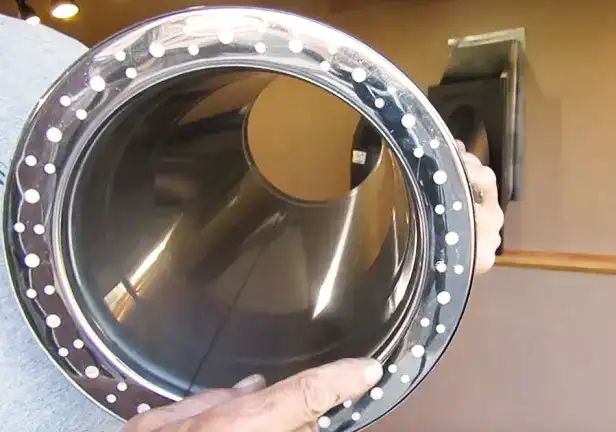
The stark difference lies in safety and performance. Class A pipes are the undisputed champions in this arena. They maintain a cool exterior surface, ensuring that even in the throes of operation, they remain safe to touch. This critical safety feature not only protects your home but also guarantees the efficient and secure venting of smoke and gases, assuring homeowners of their unwavering dependability. In the ongoing battle between Class A and single-wall pipes, the choice is clear – it’s a robust victory for Class A.
Class A chimney pipes are specially designed double-wall insulated pipes built to withstand continuous temperatures of up to 1,000 degrees Fahrenheit. They serve the critical role of venting high-temperature exhaust generated by various heating appliances, including fireplaces, stoves, boilers, and furnaces that burn wood, coal, or oil. These pipes ensure the safe and efficient removal of combustion byproducts, enhancing both heating performance and home safety.
Different Types of Class a Chimney Pipes Rating
Class A chimney pipes, often referred to as double-wall chimneys, come with specific ratings that play a vital role in guiding homeowners and professionals toward the most suitable choice for their particular requirements. These ratings encompass safety and performance standards and are crucial when making an informed selection. Let’s delve into some of the common types of Class A chimney pipe ratings:
- UL Listed (Underwriters Laboratories): This is one of the most recognized and trusted ratings. A Class A chimney pipe with a UL listing has been tested and certified to meet specific safety and performance standards.
- ULC Listed (Underwriters Laboratories of Canada): Similar to UL, the ULC listing is specific to Canadian safety standards. It ensures that the chimney pipe complies with Canadian regulations.
- HT (High-Temperature): HT-rated Class A chimney pipes are designed to withstand high temperatures, making them suitable for use with wood-burning stoves and high-efficiency appliances.
- Safety and Performance Standards: Some Class A chimney pipes may be rated based on specific safety and performance standards established by local building codes and regulations. It’s essential to check with your local authorities to ensure compliance.
- Corrosion-Resistant Ratings: In coastal or humid areas, corrosion resistance may be a critical rating. Look for Class A chimney pipes that are designed to withstand these environmental challenges.
- Clearance Ratings: Class A chimney pipes may have clearance ratings, indicating the minimum distance required between the pipe and combustible materials, such as walls or ceilings. These ratings are crucial for safe installation.
The Ingenious Components of Class A Chimneys

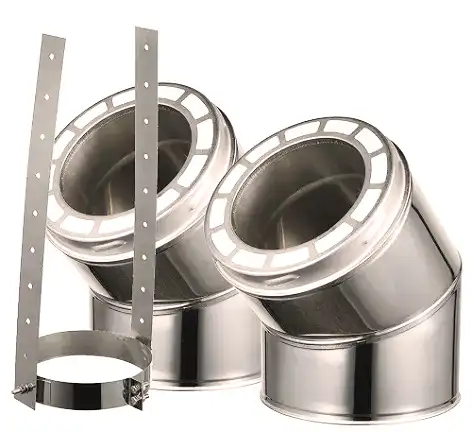
Inner Wall Pipe At the heart of a Class A chimney system lies the inner wall pipe. This component acts as the central conduit for expelling smoke and combustion byproducts generated by wood-burning appliances. It is meticulously designed to withstand high temperatures, ensuring a safe and efficient path for the expulsion of exhaust gases.
Insulation Layer One of the defining characteristics of Class A chimneys is the insulation layer encompassing the inner wall pipe. Approximately one inch thick, this insulation serves a critical function in enhancing safety and performance. It significantly reduces clearance requirements, allowing the inner pipe to reach high temperatures while keeping the outer surface cool. This minimizes the risk of nearby combustibles catching fire.
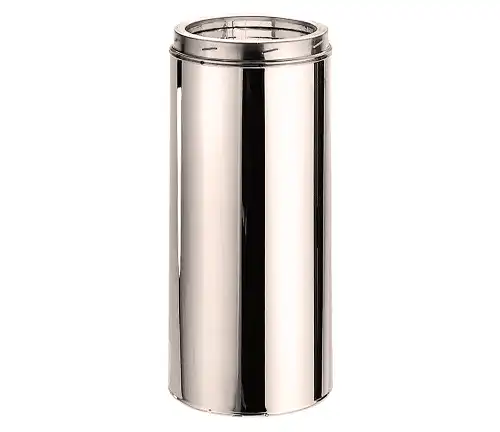

Outer Pipe The outer pipe of a Class A chimney system provides an additional layer of protection. It acts as a shield, safeguarding the insulation and inner wall pipe from external factors. This reinforcement enhances the chimney’s durability and safety.
Class A Chimney Pipe Lengths
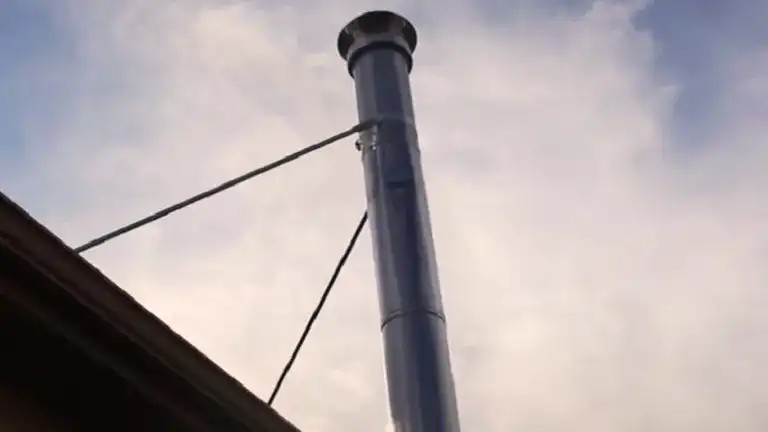
When it comes to Class A chimney pipe, the choices in pipe lengths are critical for creating a safe and efficient wood-burning system. In this guide, we’ll dive deep into Class A chimney pipe lengths, exploring the available options, their sizes, and the benefits they offer.
Standard Lengths: Versatility in Segments
Range of Lengths Class A chimney pipe lengths come in a range of standard sizes, typically spanning from 6 inches to 60 inches. These predefined segments offer versatility in tailoring your installation to your specific requirements.
Tailored Configurations These standard lengths allow you to customize your chimney pipe configuration to suit the needs of your wood-burning system. By selecting the right combination of segments, you can ensure that your installation complies with safety standards and meets the clearance requirements for your particular setup.
Adjustable Lengths: Adding Flexibility
Addressing Unusual Measurements In addition to standard lengths, some manufacturers offer adjustable chimney pipe segments. These segments are invaluable when dealing with unusual measurements or unexpected obstacles during installation.
Room for Error Adjustable lengths provide a buffer for potential measurement errors, offering peace of mind during the installation process. They ensure that you have the flexibility to adapt to on-site challenges and make precise adjustments as needed.
Class A chimney pipe lengths play a pivotal role in the success of your wood-burning system. The availability of both standard and adjustable lengths provides you with the flexibility to tailor your installation to your specific requirements and address any unforeseen issues. By choosing the right combination of segments and ensuring compliance with safety standards, you’ll enjoy a safe, efficient, and customized wood-burning experience.
Advantages of Class A Chimneys
Versatile Installation One of the standout features of Class A chimneys is their adaptability during installation. They offer the freedom to vent through various sections of your home, making them a perfect choice for unconventional setups. For instance, if you have a basement, the piping can be skillfully routed through it, extending along the exterior of your home and eventually venting through the roof.
Safety and Reduced Clearances The insulation layer plays a pivotal role in significantly reducing required clearance. This feature empowers homeowners to install the chimney in closer proximity to combustible materials without compromising safety. By maintaining a cool outer surface, Class A chimneys effectively mitigate the risk of adjacent objects igniting.
Flexible Venting Options Class A chimneys excel in their ability to adapt to unique installation scenarios. This inherent flexibility makes them an excellent choice for a broad spectrum of wood-burning configurations, ensuring that your appliance can be safely and efficiently vented, regardless of your home’s layout.
Transition to the Evolution from Triple-Wall Pipes To understand the significance of Class A chimneys, it’s essential to explore their historical development. In the past, triple-wall pipe systems were widely used. These systems featured three concentric layers, but their effectiveness in cooling the innermost pipe inadvertently led to creosote buildup, raising significant safety concerns. This concern eventually led to the industry-wide shift to the adoption of Class A chimney systems.
Understanding Air-Cooled Chimneys
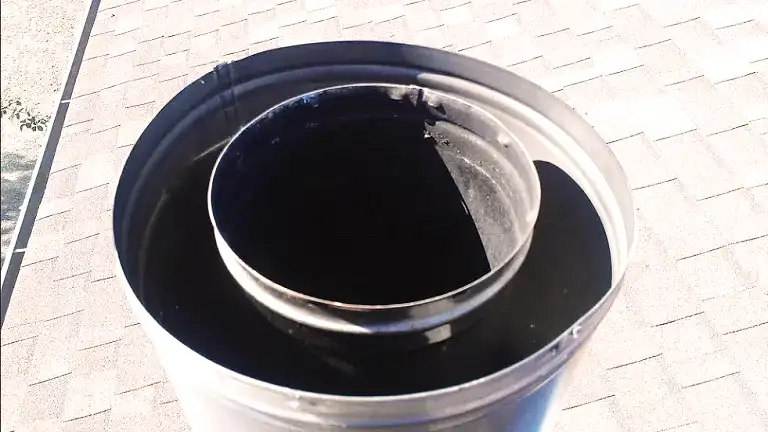
Apart from Class A chimneys, you may encounter another type known as air-cooled chimneys. These systems offer an alternative approach to venting wood-burning fireplaces and stoves. The key distinction lies in the method of insulation.
Air-Cooled Chimneys: The Basics Air-cooled chimneys, as the name suggests, differ in their insulation method. Instead of having insulation material between the inner and outer pipes, air-cooled chimneys feature an air gap between the two pipes. This approach aims to prevent heat transfer from the inner pipe to the outer pipe by using air as an insulating medium.
Safety and Applicability A common question that arises is whether air-cooled chimneys are as safe as Class A chimneys. The answer isn’t a matter of one being inherently safer than the other. The most critical factor is ensuring that you match the chimney type to what the specific wood-burning appliance was tested and listed with. In essence, if your appliance is designed for use with a Class A chimney, you should use a Class A chimney. If it was tested with an air-cooled chimney, then opt for an air-cooled chimney.
Comparing Class A and Air-Cooled Chimneys When it comes to deciding between Class A and Air-Cooled chimneys, consider the nature of your appliance and your specific installation requirements. While both systems are safe when used correctly, your choice should align with the manufacturer’s recommendations and the intended use of the chimney system.
Class A Chimney vs. Stovepipe
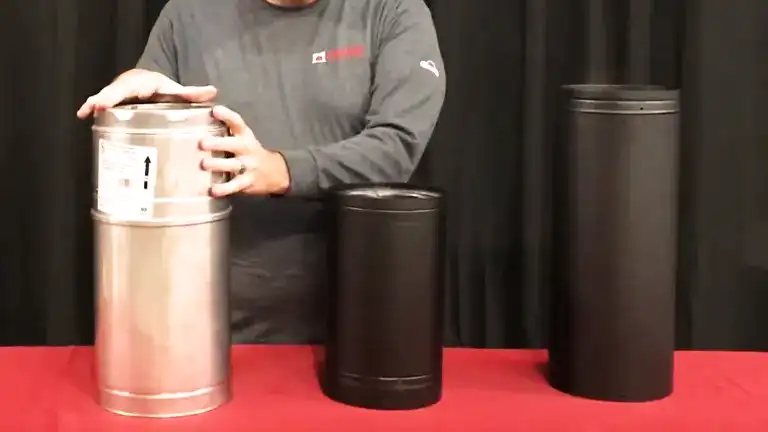
Class A chimney pipes and stovepipes are far from trivial; they’re vital for the safety and efficiency of your setup. Allow me to be your personal guide on this journey to understand these components, ensuring that you make the right choices for your wood-burning system based on my own experiences.
Class A Chimney Pipe: A Beacon of Excellence
Built for Blistering Temperatures Let’s begin with Class A chimney pipe. It’s an absolute beast, built to withstand temperatures that can soar to a scorching 2100 degrees Fahrenheit. What’s more, it’s crafted from stainless steel, both on the inside and the outside, making it a fortress of resilience.
Mother Nature’s Challenge One of the remarkable aspects of Class A chimney pipe is its defiance against the elements. Unlike the more modest black stovepipe, Class A chimney pipe is a force to be reckoned with in outdoor installations. Its design is a testament to its ability to endure everything that Mother Nature throws its way, making it the go-to choice for exterior installations.
Stovepipe: A Specific Role and Clear Limits
Bridging the Gap Now, let’s shift our focus to stovepipe. This component plays a specific role in the grand scheme of wood-burning systems. Its primary purpose is to bridge the connection between your wood-burning stove and the chimney connector. This seamless passage ensures that exhaust gases from your appliance find their way safely to the chimney. Just follow the arrow on the stovepipe, which points in the direction of the airflow.
A Firm “No” to Walls and Roofs It’s critical to emphasize that black stovepipe should never be used for penetrating walls, attics, or roofs. Doing so is more than unsafe; it’s a significant fire hazard. An incorrectly installed stovepipe has the potential to spark a house fire, and that’s a risk none of us should ever entertain. So, adhere to the prescribed installation guidelines to the letter.
The World of Clearances and Insulation
Class A Chimney Pipe’s Clearances Class A chimney pipe isn’t just a robust option; it also provides ample clearances to combustible materials. It offers a comfortable two-inch clearance, which you must maintain by covering this space with sheet metal. This precaution is a critical measure to prevent anything combustible from coming into contact with the pipe.
Stovepipe’s Different Clearance Rules In stark contrast, black double-wall stovepipe offers a six-inch clearance, which differs from Class A chimney pipe. These two pipe types aren’t interchangeable, nor are they intended for the same purposes. You must use the appropriate type of pipe for your specific installation to ensure safety and efficiency.
Insulation’s Role and the Fight Against Creosote
The insulation in Class A chimney pipe serves a dual purpose:
1. Fending Off Chimney Fires The insulation is your first line of defense against chimney fires. By maintaining the required clearances and internal temperature within the pipe, it significantly reduces the risk of creosote accumulation, which is a notorious instigator of chimney fires.
2. Battling the Chill of Cold Weather Additionally, Class A chimney pipe’s insulation offers protection against the chilling effects of cold weather. Without insulation, the stovepipe can become ice-cold during the winter, causing smoke to cool and condense. This condensed smoke creates creosote, a sticky, black menace that can lead to chimney fires. Insulated Class A chimney pipes ensure that your system maintains the necessary temperature for safe and efficient operation.
The Benefits of Class A Chimney Pipes
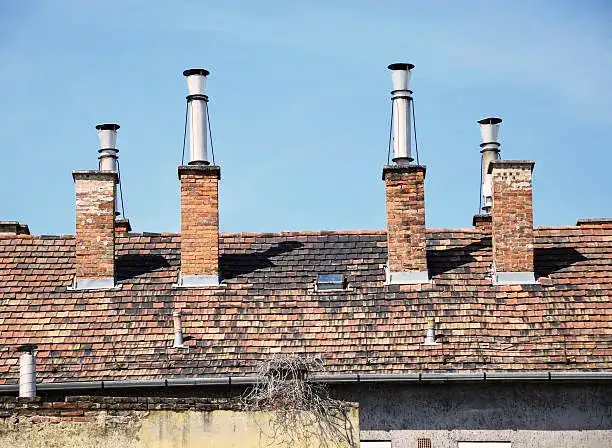
Improved Safety
Incorporating Class A chimney pipes into your home is a bold stride toward fortifying safety. The twin-layered construction of these pipes engineers a dramatic reduction in the peril of fire hazards. With an exterior that remains remarkably cool to the touch, the risk of nearby combustibles igniting is thwarted. This added layer of safeguarding is nothing short of indispensable, particularly for residences adorned with wooden walls or ceilings. When it comes to bolstering safety, Class A chimney pipes stand as a steadfast sentinel in your household’s defense.
Enhanced Efficiency
In the realm of heating efficiency, Class A chimney pipes are the champions you can count on. Their exceptional design meticulously fine-tunes the draft, ensuring a consistent and efficient flow of air. This precision enhances the combustion process, resulting in a noticeably more efficient wood or gas-burning experience. This optimization of performance has a clear and beneficial impact – reduced fuel consumption that translates into substantial cost savings, significantly benefiting your budget. When it comes to heating efficiency, Class A chimney pipes stand as the undisputed leaders, consistently putting money back in your pocket every time you fire up your fireplace or stove.
Durability and Longevity
Opting for Class A chimney pipes is a steadfast commitment to enduring quality. These pipes are constructed with a robust design and an unwavering resistance to corrosion, making them the ultimate choice for withstanding even the most severe environmental challenges. They are a testament to durability, serving as a steadfast guardian for your home over many years to come. In the realm of longevity and endurance, Class A chimney pipes take the lead, ensuring your home’s protection and comfort for the long haul.
Compliance with Safety Regulations
Class A chimney pipes make compliance with safety standards and regulations a clear and necessary choice. These pipes are expertly engineered to not only meet but exceed these critical safety benchmarks. By incorporating them into your home, you’re not just following the rules; you’re actively safeguarding your family. It’s a powerful assurance of safety that leaves no room for compromise. In the domain of safety and compliance, Class A chimney pipes serve as a steadfast sentinel in the protection of your household.
Installation and Maintenance
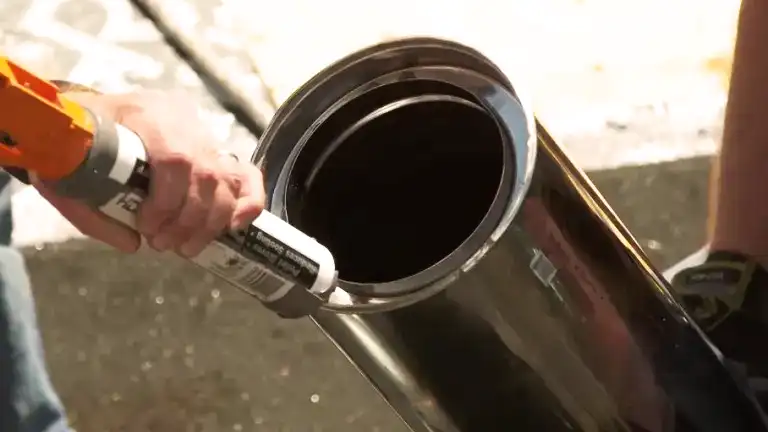
Professional Installation
A common query that often arises is why Class A chimneys tend to come with a higher price tag. The primary reason for this cost differential is in the construction. The insulation layer between the two walls adds significant weight to the system, further compounded by the use of stainless steel for both inner and outer components. This investment in quality construction is justified by the remarkable durability it offers. Class A chimneys can safely contain a fire with temperatures as high as 2100 degrees Fahrenheit without damaging the exterior. This resilience is a testament to the higher cost of Class A chimneys, which stems from their robust construction and the superior safety they provide.
- Hire a Certified Chimney Professional: Seek out a certified chimney installer who specializes in Class A chimney pipes. Their expertise ensures that the installation adheres to safety standards and local regulations.
- Comprehensive Inspection: Before installation, have your entire chimney system inspected by a professional. They can assess your specific needs and recommend the appropriate Class A chimney pipe system.
- Customized Installation: Every home is unique. A professional installer can tailor the installation to suit your specific chimney configuration, ensuring a precise fit.
- Periodic Maintenance: After installation, don’t forget about regular maintenance. Schedule annual inspections and cleaning to keep your Class A chimney pipes in top shape.
- Stay Informed: Keep yourself informed about local building codes and regulations, and consult with your installer to ensure full compliance.
How Long Does Class A Chimney Last?
A well-maintained Class A chimney can last 20–30 years. However, it’s not a lifelong investment like a masonry chimney.
The average lifespan of a stainless steel chimney pipe or liner is 15–20 years. However, low-quality liners may not last even five years. Good quality stainless steel chimney liners often come with a lifetime warranty.
The average lifespan of an aluminum chimney liner is 10–15 years. You should never use an aluminum liner for a wood-burning appliance.
You should have your chimney inspected before you move into a new home and annually afterwards.
Regular Inspections and Cleaning
Your chimney, a stalwart protector of warmth and security in your home, doesn’t escape the necessity for consistent maintenance. Embrace a proactive stance and make an annual ritual out of inspections and cleaning, much like you would for any other crucial part of your household. These pivotal measures stand as the bedrock of preserving your chimney’s strength and keeping it resolute. Leveraging my experience, here are some valuable recommendations:
- Annual Chimney Inspection: Engage the services of a certified chimney professional to conduct a comprehensive annual inspection. Their trained eye can uncover issues that might go unnoticed, ensuring your chimney remains in prime condition.
- Creosote Removal: Creosote buildup is a common hazard in chimneys. Regular cleaning, ideally before each heating season, is imperative to prevent this highly flammable substance from posing a risk.
- Chimney Cap Maintenance: Check and maintain your chimney cap. It serves as a shield against rain, debris, and animals, keeping your chimney’s interior pristine.
- Monitor for Structural Issues: Keep an eye out for signs of structural wear and tear. Cracks, loose bricks, or deteriorating mortar can compromise the chimney’s integrity. Address these issues promptly to maintain its robustness.
- Practice Safe Burning: Use well-seasoned firewood and refrain from burning anything other than wood in your fireplace or stove. This practice reduces the likelihood of creosote buildup.
Reputable Brands Offering Class A Chimney Pipes

These brands are known for their quality products, commitment to safety, and a range of offerings to meet the diverse needs of homeowners and professionals.
DuraVent:
DuraVent is a well-established brand in the chimney and venting solutions industry. They have earned a strong reputation for producing high-quality Class A chimney pipes that are built to last.
Product Offerings:
- DuraVent provides a comprehensive range of Class A chimney pipes suitable for different heating appliances, including wood-burning stoves, fireplaces, boilers, and furnaces.
- Their product line encompasses both single-wall and double-wall chimney pipes, giving customers flexibility in selecting the right solution for their installations.
Reputation:
- DuraVent is widely recognized for its dedication to quality and safety. Their products are known for their durability and adherence to stringent safety and performance standards.
- The brand’s commitment to innovation and compliance with safety regulations makes it a trusted choice for those seeking reliable Class A chimney pipes.
Selkirk:
Selkirk, a subsidiary of the Marmon Group, is a notable brand in the Class A chimney pipe industry. They are recognized for their focus on safety and performance.
Commitment to Safety and Performance:
- Selkirk places a strong emphasis on safety in the design of their Class A chimney pipe products. They understand the critical role these systems play in maintaining a safe and functional home environment.
- Their commitment to performance is evident in their products, which are engineered to efficiently vent high-temperature exhaust while ensuring that the outer surface remains cool to the touch. This double-wall construction enhances safety.
Other Notable Brands:
In addition to DuraVent and Selkirk, there are several other reputable brands in the Class A chimney pipe industry known for their quality, durability, and commitment to customer satisfaction:
SuperVent:
- SuperVent, a brand under the Selkirk umbrella, is recognized for producing reliable Class A chimney systems that are also easy to install. They offer a wide range of components and accessories to support various installation requirements.
M&G Duravent:
- M&G Duravent is a dependable choice for homeowners and professionals, offering a diverse selection of Class A chimney pipes. Their products meet stringent safety standards, ensuring peace of mind for customers.
Olympia Chimney Supply:
- Olympia Chimney Supply is known for its corrosion-resistant Class A chimney pipes, designed to withstand the challenges of various climates. This makes them a top choice, particularly in coastal or humid regions.
Metal-Fab:
- Metal-Fab’s Class A chimney systems cater to both residential and commercial applications. They offer flexibility and reliability, accommodating a wide range of customer needs.
These brands collectively provide a broad spectrum of options in the Class A chimney pipe industry, allowing customers to select products that align with their unique requirements.
When buying a Class A chimney pipe, you can consider things like
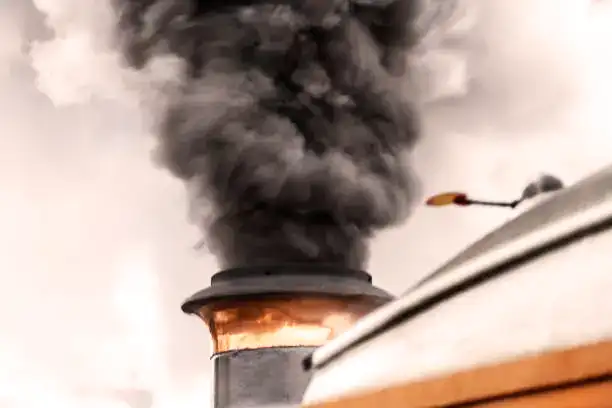
- Material: If the pipe is exposed, stainless steel is better because it looks better and galvanized steel will eventually rust and corrode. If you do use galvanized steel outside, it is recommended to paint it with a high-temperature, rust-resistant paint.
- Location: When running the pipe within a masonry chimney, a chase, an attic, or any enclosure inside your home, it’s economically wise to use a galvanized pipe.
- Ventilation routes: When organizing your venting design, you must consider the dimensions of a chimney.
Conclusion
In conclusion, when it comes to your home’s safety, heating efficiency, and longevity of your chimney system, Class A chimney pipes are the answer. They are the silent guardians that ensure your family’s well-being, optimize your heating, and stand resolute in the face of harsh conditions. Therefore, without a doubt, Class A chimney pipes are not just a smart investment; they are an essential one. To safeguard your family and property, make the choice that prioritizes safety and efficiency by choosing Class A chimney pipes for your chimney system.
Frequently Asked Questions
- Are Class A chimney pipes suitable for gas fireplaces?
Yes, Class A chimney pipes are ideal for both wood-burning and gas fireplaces, providing safety and efficiency for various heating options. - How do I know if my chimney pipes need replacement?
If you notice visible signs of wear, such as rust or holes, or if you experience frequent chimney fires or poor draft, it’s time to consider replacing your chimney pipes. - Can I install Class A chimney pipes myself?
While it’s possible to install them on your own, professional installation is recommended to ensure safety and compliance with local regulations. - Are there different sizes of Class A chimney pipes available?
Yes, Class A chimney pipes come in various sizes to accommodate different fireplace and stove types. It’s essential to choose the correct size for your specific heating appliance. - How often should I clean my Class A chimney pipes?
Chimney pipes should be inspected and cleaned at least once a year, but more frequent cleaning may be necessary if you use your fireplace frequently. - What size is a Class A chimney pipe?
Class A chimney pipes typically come in various sizes, commonly 6 or 8 inches in diameter. The size you need depends on your heating appliance and local building codes. - What is a Class A chimney pipe?
A Class A chimney pipe is a double-wall pipe designed for safe and efficient venting of smoke and gases from stoves and fireplaces. It provides excellent insulation and is suitable for residential use. - What is the difference between Class A chimney and Class B?
The key difference is in insulation. Class A chimneys have double walls, offering better insulation and safety. Class B chimneys are single-walled and are usually used for venting hot gases from appliances like furnaces. - What is a Class A chimney rating?
A Class A chimney rating signifies that the chimney pipe meets safety and performance standards. It’s designed to withstand high temperatures and provide a safe venting solution for your home. - How do I know if my chimney is Class A?
To determine if your chimney is Class A, you should inspect it. Class A chimneys have a double-wall construction, often with a stainless steel exterior. If you’re unsure, it’s best to consult a chimney professional or review your installation documents to confirm the type of chimney pipe used.
In this comprehensive guide, we’ve delved into the critical aspects of chimney pipe installations for wood-burning systems. Whether you’re exploring Class A chimney pipe lengths, materials, or clearance requirements, this knowledge equips you to create a safe and efficient setup.
We invite you to engage with us. Feel free to reply to this article with your questions, experiences, or any insights you’d like to share about chimney pipes and wood-burning systems. Your input is valuable, and we’re here to support your journey in the world of wood-burning stoves and fireplaces.


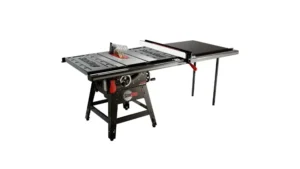
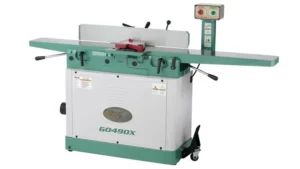

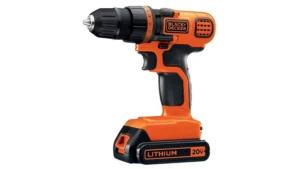

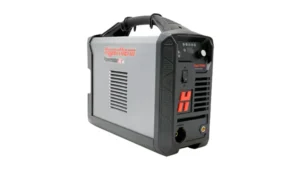


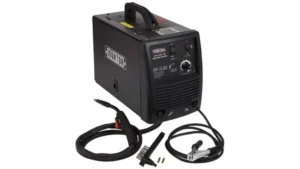


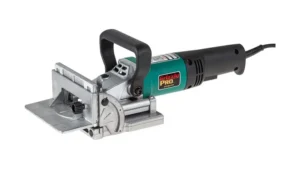
Leave your comment